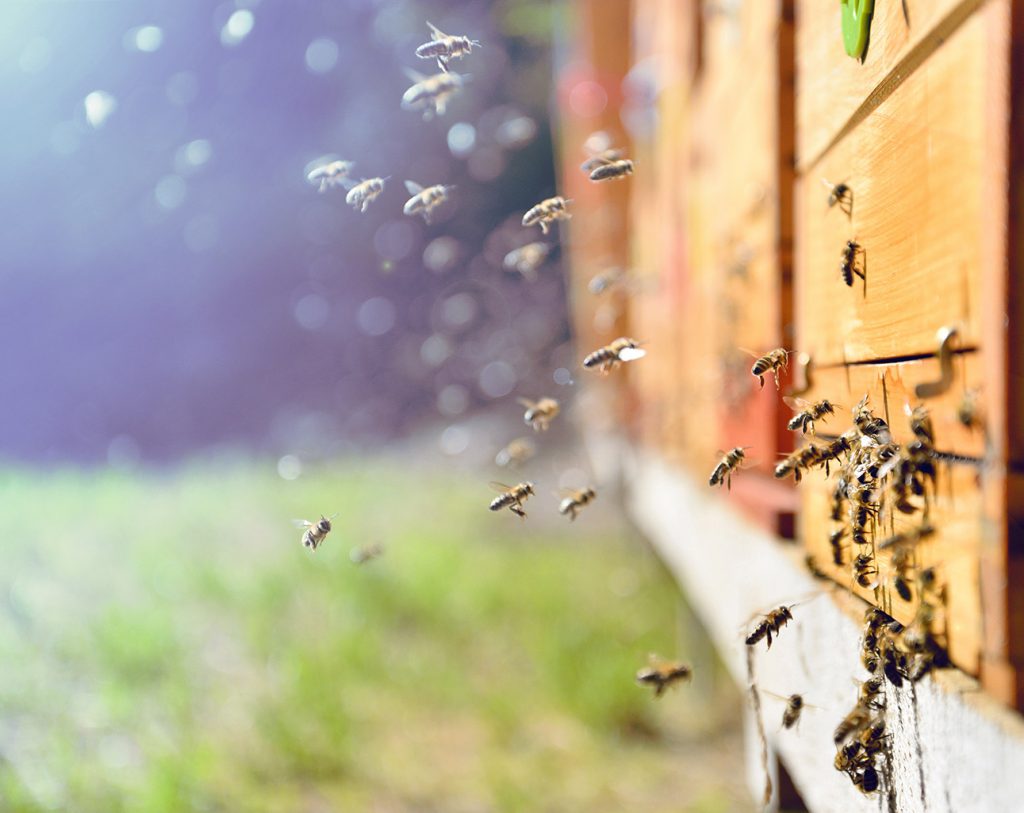Neonicotinoids Are Vital to Putting Food On Our Table
For decades, Neonicotinoids have been safely used to produce food for millions of Americans. They are cornerstones of modern integrated pest management. Not using neonicotinoids would undermine the very practices that keep destructive pests in check and would negatively impact farmers, families, communities and the environment.




